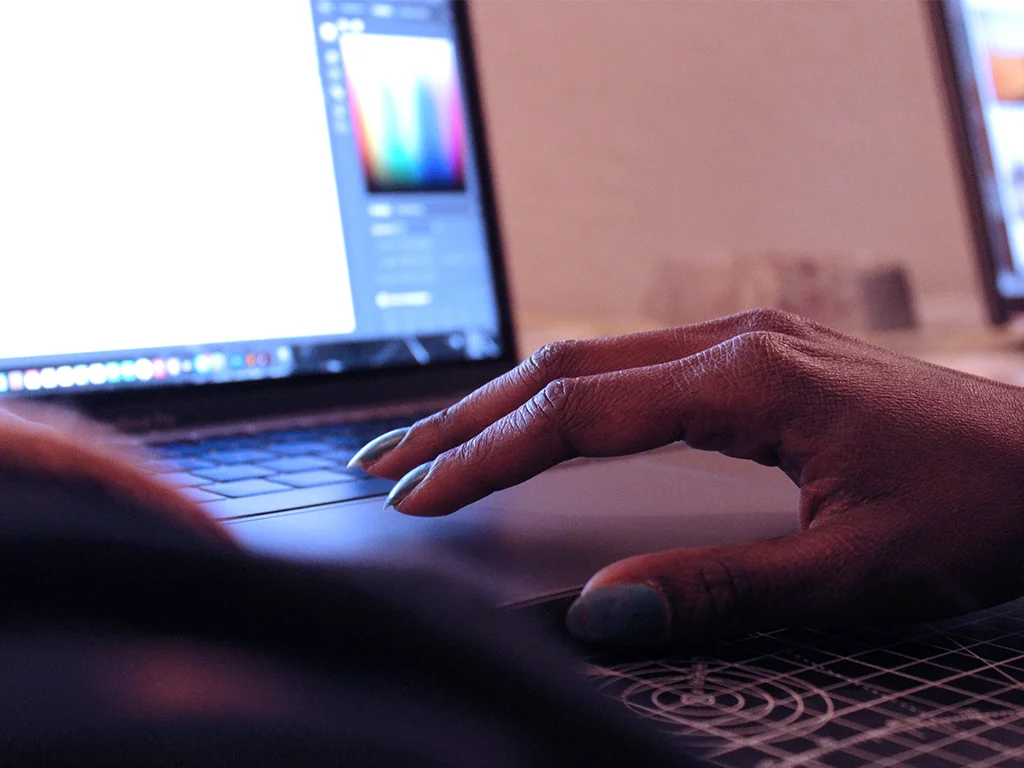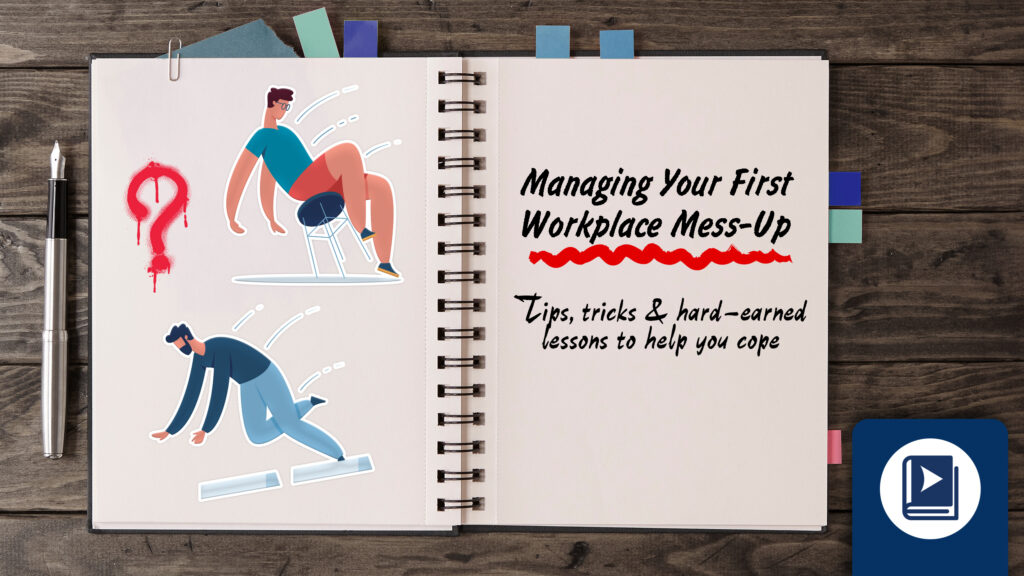Creative Manager Julia Wolf knows the pressure of juggling multiple projects — the usual routine at most agencies. Here are some handy tools she uses to make the job more efficient and work in what she calls “organized chaos.”

- Key commands are an essential part of work. As designers, we spend a lot of time editing files, and keyboard shortcuts can be crucial time savers. Despite using non-destructive design techniques, sometimes you still need to hit “undo” or Command + Z (Ctrl + Z for Windows) a bunch of times. A mouth-dropping statistic I recently learned is that you can lose up to 64 hours a year by not using key commands. Here is a list of the default keyboard shortcuts for Photoshop.

- Templates are a no-brainer, both in design and regular office work. I like to make my templates in InDesign, which gives the user the greatest control of layouts and text. When making templates, I recommend using paragraph and text styles, which are extremely useful for creating multi-page or text-heavy documents.
- If you’re sharing a file with another designer, it’s just common courtesy to use layers and layer masks — and to name them all. Adobe defines layer masking as a reversible way to hide part of a layer. Masks give you more editing flexibility than permanently erasing or deleting part of a layer, and the term for this is called “non-destructive design.” When I first started designing, I used the eraser tool to get rid of backgrounds and unwanted imagery. This technique leaves no room for error, and Photoshop only lets you hit “undo” up to 50 times. A layer mask allows you to edit without damaging the original layer. Oh, and you should copy your background layer as soon as you start your design — that way you can always go back to square one.
- My favorite design shortcut is using Creative Cloud libraries. To use a CC library, all you have to do is drag an asset from a CC app to a library and it turns into a reusable element across all Adobe CC apps. An asset can be a color, character style, logo, image, pattern — and so much more. When I start working with a new client, I like to set up a CC library with the client’s branding elements and share it with my coworkers. Your team will love you for it, and you’ll be thanking yourself down the road.
- Last but not least, I want to remind everyone to save often. Save your work in more than one location, too, especially if you are using an external hard drive or a USB. I can’t tell you how many meltdowns I witnessed in design school when a student lost a final project that they spent weeks on, or even worse, an entire portfolio of work that was saved to a faulty hard drive. Adobe now has a feature called “autosave,” however, it can still be faulty and it only saves every so often. Your most common key command should be Command + S (Ctrl + S for Windows) for “save.”
With these tips, you will be certain to save yourself both time and headaches during your workday, leaving yourself extra time for important things — like a midday Starbucks run.
Julia Wolf is a Creative Manager at Ceisler Media’s Philadelphia office



